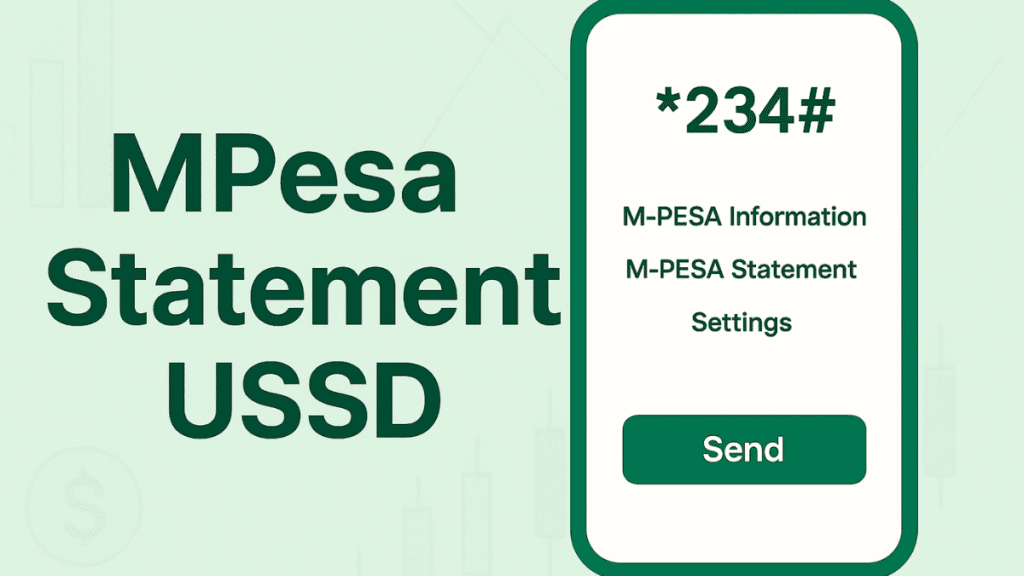When people ask how does interest work on a savings account, they are really asking: How does my money grow without me doing anything? Savings accounts are one of the simplest and safest ways to build wealth, yet many people do not fully understand how interest is calculated, why rates differ, or how to maximize their returns.
This guide breaks everything down in simple English so you can make better financial decisions and get the most out of your savings.
What Is Interest in a Savings Account?
Interest is the amount of money a bank pays you for keeping your money in their institution. In simple terms, it is a reward for saving.
Banks use your deposited money for lending and investments, and in return, they pay you a small percentage of your balance.
This percentage is called the interest rate.
Types of Interest You Can Earn
Savings accounts mainly use two types of interest: simple interest and compound interest.
1. Simple Interest
Simple interest is calculated only on your original deposit (principal).
Formula:
Simple Interest = Principal × Rate × Time
Example:
If you save $1,000 at 5% simple interest per year:
You earn $50 after 1 year.
2. Compound Interest
Compound interest is the reason your money grows faster.
It is calculated on your principal + any interest previously earned.
This means you earn “interest on interest.”
The more frequently interest compounds, the faster your balance grows.
Common compounding periods include:
- Daily
- Monthly
- Quarterly
- Yearly
Daily compounding grows the fastest.
How Banks Calculate Interest on Your Savings
Banks normally follow this simple process:
Step 1: Determine your average daily balance
Each day, the bank records how much money you had in your account.
Step 2: Apply the daily interest rate
Your annual interest rate is divided by 365 days.
Example:
Annual interest rate = 5%
Daily rate = 5% ÷ 365 = 0.0137% per day
Step 3: Add earned interest monthly
Although interest is calculated daily, many banks deposit it into your account monthly.
Step 4: New balance earns even more
Once interest is added, your new balance becomes the base for the next month’s calculations.
This is how compounding increases your total returns over time.
Example: How Your Savings Grow Over Time
Imagine you save $5,000 in a savings account with 5% interest, compounded monthly.
After 1 year:
You will have approximately $5,256
(You earned $256 without doing anything.)
After 5 years:
You will have approximately $6,381
After 10 years:
You will have around $8,144
This shows how powerful compound interest can be when you keep money saved for the long term.
Factors That Affect How Much Interest You Earn
Several things determine how fast your savings grow.
1. The Interest Rate
Higher rates mean higher returns.
Online banks and digital wallets usually offer better rates than traditional banks.
2. Compounding Frequency
Daily compounding grows faster than monthly or yearly.
3. Your Deposit Amount
The more you save, the more interest you earn.
4. How Long You Keep the Money Saved
Time is the biggest growth factor.
Even small deposits grow significantly over years.
5. Account Type
Different savings accounts offer different rates:
- Regular savings accounts
- High-yield savings accounts
- Money market accounts
- Fixed savings (time deposits)
High-yield accounts usually offer the best returns.
Why Banks Pay You Interest
Banks use your deposit to:
- Lend money to borrowers
- Invest in low-risk financial instruments
- Fund their operations
By paying you interest, the bank compensates you for allowing them to use your money.
This is also why rates can change depending on:
- Inflation
- Economic conditions
- Central bank policies
- Bank competition
How to Maximize Interest on Your Savings
If you want your savings to grow faster, here are smart strategies:
Compare Interest Rates
Do not settle for the first bank.
Some banks offer double or triple the interest of others.
Choose Daily Compounding
This ensures faster growth.
Avoid Frequent Withdrawals
Every time you reduce your balance, your earning potential drops.
Use Automatic Monthly Deposits
Adding even a small amount regularly boosts long-term returns through compounding.
Consider High-Yield Savings Accounts
These accounts are designed to give higher interest than regular ones.
Keep Emergency Funds Here
Savings accounts are best for short-term and emergency money because they are safe and easy to access.
Common Myths About Savings Account Interest
Myth 1: All banks pay the same interest
Not true. Rates vary widely.
Myth 2: Higher interest always means higher risk
Savings accounts are usually safe and insured, even with higher interest.
Myth 3: Small deposits don’t grow
Even $1 saved today can grow because of compounding.
Myth 4: Interest rates stay the same
Rates change depending on the economy and bank policies.
Is a Savings Account Worth It?
Yes — for safety, stability, and guaranteed growth.
Savings accounts may not make you rich, but they are perfect for:
- Emergency funds
- Short-term goals
- Storing money safely
- Earning risk-free returns
If you want higher returns, you may consider investing, but savings accounts remain the safest and easiest starting point.
Final Thoughts
Understanding how interest works on a savings account helps you use your money more wisely.
Interest grows your money every day through compounding, and choosing the right bank can significantly increase your returns.
To get the best results:
- Compare interest rates
- Pick accounts with daily compounding
- Deposit regularly
- Leave your savings untouched
Saving consistently today is the simplest path to financial security tomorrow.
Vincent Nyagaka is the founder of Chweya, where he breaks down complex financial topics into simple insights. A trader since 2015, he uses his market experience to help readers better understand investing, trading, and personal finance.



